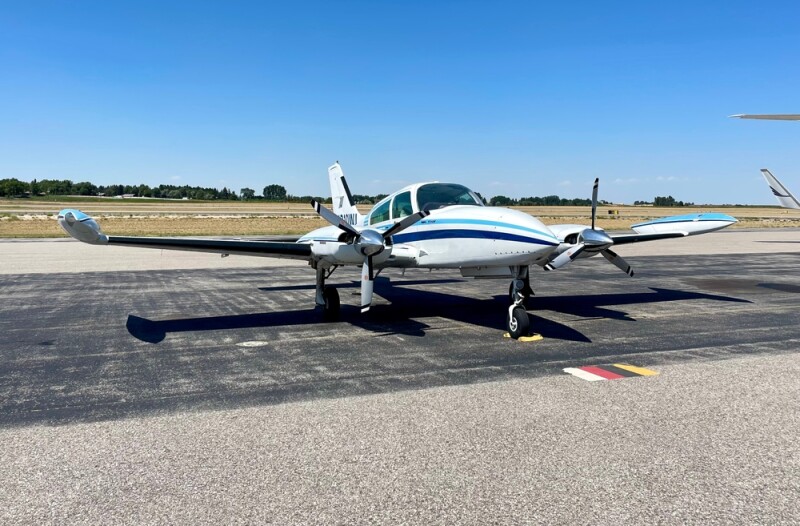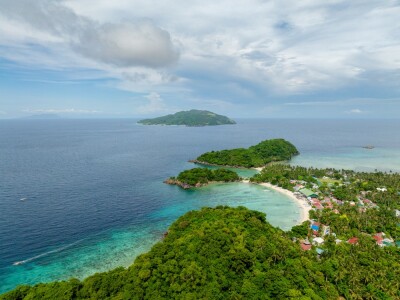Over the last five to ten years, as lidar technology has clearly shown its value across a number of industries, one of the resulting trends in the industry has been the improvement of these sensors. That improvement has come in many forms, but perhaps the most notable has been the shrinking of these sensors, allowing for a smaller form factor without sacrificing power. The trend has manifested in many important ways, including with handheld mobile mapping systems – with the help of SLAM algorithms – better UAV-based sensors, and just cheaper lidar sensors in general. If we were to boil the effects down to one theme, it would be improved accessibility for laser scanning, both in terms of who can use the tools and by what methods this scanning can take place.
It’s not just the smaller, cheaper, easier-to-use systems that get the boost from these improvements, however. Even looking at the high end of the lidar market, in the most literal sense, massive sensors like topographic lidar systems for crewed aircraft are benefiting from these evolutions. At Geo Week last month, two companies announced similar products for this sector that each benefitted from the shrinking and improving power of lidar sensors. Leica Geosystems, part of Hexagon, announced their CoastalMapper system, while Teledyne Geospatial announced the launch of their Fathom solution.
There are, of course, plenty of differences between these two bathymetric surveying systems, and one may be better than the other for specific projects or use cases. We’ll let the marketing departments from the respective companies hash out those details. What’s more interesting to me is what they both represent for the industry as a whole and what they tell us about the trends moving forward.
The common thread between the CoastalMapper and Fathom is the combination of powerful lidar sensors for both bathymetric and topographic surveys within one system, along with high-resolution cameras. These aren’t the first generation of products that include all of this within one system, to be clear, but the combination of the number of sensors and the power of these sensors within the same system is the true sign of growth for the aerial surveying industry, and it opens up a number of potential benefits.
The biggest benefit, of course, comes in the form of efficiency. Leica tried to put a number of the efficiency gains of the CoastalMapper, saying the sensor provides an “increased survey performance” of 250 percent for shallow and deep waters, compared to their previous generation of sensors. Zooming out at the general state of bathymetric sensors, even if we’re talking about a fraction of that efficiency increase, it’s significant.
Being able to combine powerful topographic and bathymetric sensors into a single system will allow customers of both Leica and Teledyne to complete a wider array of projects, including the mapping of both land and water, without having to invest in separate sensors, while also allowing for these workflows to move more quickly. Consider, for example, a coastal mapping project that relies on clear skies to collect the best data along the coastline. With just a bathymetric sensor, they’d have to wait on the weather to cooperate. However, by combining the sensors, a surveyor can complete the topographic portion of a project without having to change out the system completely or use a different aircraft.
As we continue to reckon with the effects of climate change around the globe and monitor how these effects are and could affect people in different areas, bathymetric surveys are only going to grow more important. Completing these surveys by aerial survey rather than on the ground using boats or other tools is more efficient, and that’s particularly true with these new systems. Not only is the lidar being used for bathymetric surveying becoming more powerful, but it’s also shrinking to be fit with other sensors within one system.
This trend doesn’t always get the same attention as the benefit of shrinking sensors, but it’s just as valuable – and, given the growing importance of bathymetric work, arguably more so.






